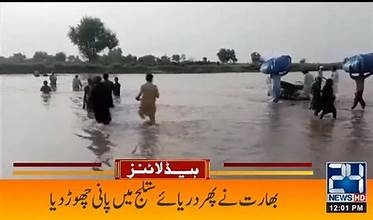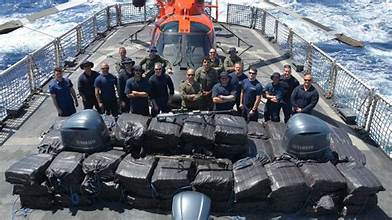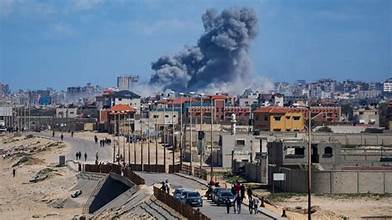Floods remain one of the most devastating natural calamities in South Asia, and the transboundary rivers shared between India and Pakistan have historically been a cause of both cooperation and contention. Recently, India issued another flood alert to Pakistan while releasing more water into the Sutlej River. This move has triggered both environmental concerns and humanitarian fears across Punjab, Pakistan, where vulnerable communities brace for the possibility of inundation.
This development highlights the fragile balance between water management, climate change, and regional diplomacy. It also underscores the urgent need for long-term strategies to minimize the recurring destruction caused by floods in riverine regions.
Background of the Sutlej River
The Sutlej is one of the major rivers of the Indus Basin, originating in Tibet and flowing through India before entering Pakistan. It plays a vital role in sustaining agricultural activities, especially in Punjab, which is often referred to as the “breadbasket” of Pakistan.
However, because of its transboundary nature, the Sutlej is also at the center of water-sharing arrangements between India and Pakistan under the Indus Waters Treaty of 1960. While the treaty allows both countries to utilize water from the Indus system, it has also been a point of contention whenever extraordinary circumstances such as heavy monsoon rains or sudden water releases occur.
India’s Flood Alert and Release of Water
According to recent reports, India has released additional volumes of water into the Sutlej after heavy rainfall and rising water levels in its own catchment areas. Indian authorities communicated this development to Pakistan through official channels, issuing a fresh flood alert.
Such alerts are essential because uncontrolled or unannounced water releases can result in catastrophic flooding downstream. For Pakistan, particularly the southern districts of Punjab, this warning means bracing for potential displacement of communities, crop destruction, and damage to livestock.
While India maintains that these releases are necessary due to safety concerns at its reservoirs and dams, Pakistan often finds itself on the receiving end of the floodwater, amplifying its already strained flood management systems.
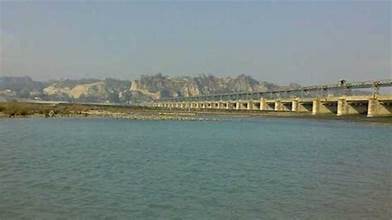
The Humanitarian Impact in Pakistan
Flood alerts and sudden water surges bring fear to communities living near riverbanks. In Pakistan, thousands of families depend on the Sutlej and its adjoining canals for farming, fishing, and daily livelihood. A flood surge can devastate their fragile economic base.
- Displacement of Families
Villages along the Sutlej may face mass displacement as rising water submerges homes and farmland. Makeshift camps are often established, but living conditions there remain dire, with limited access to clean drinking water, food, and sanitation. - Agricultural Losses
Punjab’s agricultural economy is particularly vulnerable. Seasonal crops such as cotton, sugarcane, and maize may be destroyed, causing significant financial losses to farmers already battling inflation and economic challenges. - Health Concerns
Floods often trigger outbreaks of waterborne diseases such as diarrhea, malaria, and dengue. Stagnant water and damaged sanitation systems create a breeding ground for mosquitoes, compounding public health crises. - Livestock Casualties
Livestock, which represents wealth and sustenance for rural communities, often perish in large numbers during floods, further exacerbating poverty and food insecurity.
India Issues Fresh Flood Alert to Pakistan, Releases Additional Water into Sutlej
Climate Change and Rising Flood Risks
While the current situation is partly due to India’s controlled release of water, the bigger picture reveals an alarming pattern: climate change is intensifying rainfall patterns in South Asia. Monsoons are becoming more erratic, glaciers in the Himalayas are melting faster, and rivers are experiencing unprecedented fluctuations in water flow.
Pakistan, ranked among the top 10 most climate-vulnerable countries, faces the compounded challenge of managing natural disasters with limited infrastructure. The devastating floods of 2022, which submerged a third of the country, are a fresh reminder of the catastrophic scale such disasters can reach.
Diplomatic Dimensions
India’s release of water and subsequent alert comes under the framework of the Indus Waters Treaty. However, relations between the two neighbors are often strained, and issues of water sharing are politically sensitive.
For Pakistan, there is a perception that India sometimes leverages water releases as a tool of pressure. On the other hand, Indian authorities argue that sudden water discharges are safety necessities dictated by heavy rainfall and dam management protocols.
This dynamic reveals the urgent need for improved bilateral communication and cooperative mechanisms. Timely information sharing, joint monitoring systems, and enhanced coordination can prevent humanitarian crises.
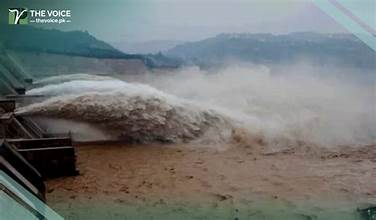
Pakistan’s Response and Preparedness
Pakistan’s disaster management authorities, particularly the Provincial Disaster Management Authority (PDMA) in Punjab, have issued precautionary measures following India’s alert. Evacuation plans are being activated, relief supplies are being stockpiled, and rescue teams have been placed on high alert.
However, challenges remain:
- Many riverbank communities resist evacuation due to attachment to their land and livestock.
- Limited financial and logistical resources make large-scale evacuations difficult.
- Infrastructure, such as embankments and drainage systems, requires urgent upgrades to withstand heavy flood surges.
Local NGOs and volunteer networks often step in to bridge these gaps, providing essential supplies and rescue support.
Long-Term Solutions
To reduce the recurrent impact of such flood-related crises, Pakistan needs to adopt comprehensive and sustainable strategies:
- Upgrading Flood Management Infrastructure
Building stronger embankments, modernizing barrages, and improving drainage systems can minimize destruction. - Early Warning Systems
Investing in advanced hydrological and meteorological systems can improve preparedness by providing real-time alerts to vulnerable communities. - Community Training
Local populations must be trained in disaster response, including evacuation drills and first aid, to reduce casualties. - Bilateral Cooperation
Despite political tensions, India and Pakistan can collaborate on joint water management mechanisms, climate monitoring, and flood control strategies. - Climate Adaptation Policies
Pakistan needs to prioritize climate adaptation measures in national policies, including better urban planning, afforestation, and investment in resilient infrastructure.
Conclusion
India’s fresh flood alert and release of additional water into the Sutlej River has once again put Pakistan’s vulnerable riverine communities at risk. While the alert system is a vital step in preventing sudden disasters, the recurring nature of these crises reflects deeper structural and climatic issues.
For Pakistan, the challenge is twofold: responding effectively to immediate humanitarian needs while also building long-term resilience against climate-induced disasters. At the same time, bilateral trust and cooperation with India on water management remain critical to minimizing cross-border flood risks.
The situation on the Sutlej serves as a powerful reminder that water, a source of life and sustenance, can also become a source of destruction if not managed carefully. With climate change intensifying the unpredictability of rivers, both India and Pakistan must rise above political rivalries to safeguard millions of lives that depend on shared water resources.
